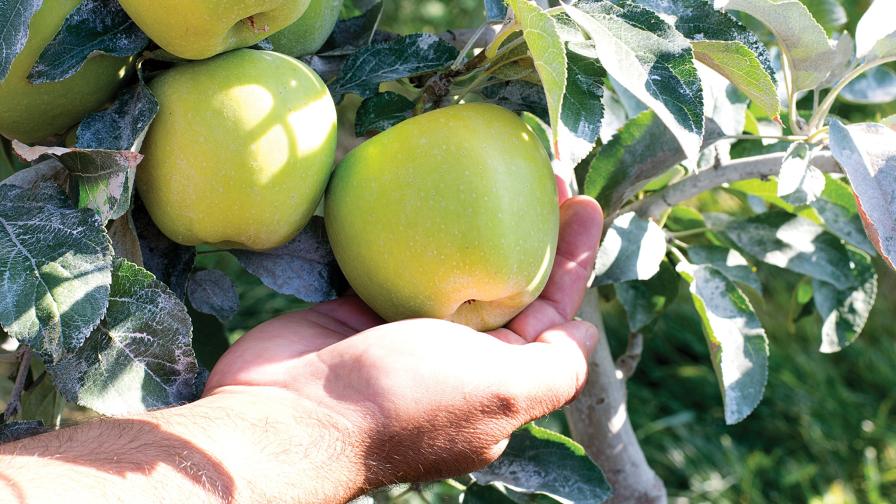University Of California-Riverside Releases New Tangerine
Citrus researchers at the University of California (UC)-Riverside have released a new mandarin (or tangerine) for commercial production. Named DaisySL for Daisy seedless, the new fruit is finely textured and juicy, with a rich, sweet, and distinctive flavor when mature. Its rind is smooth and thin, and bears a deep orange color.
“We are extremely enthusiastic about this fruit which distinguishes itself by being very low-seeded and moderately easy to peel,” said Mikeal Roose, a professor of genetics in the Department of Botany and Plant Sciences, who developed DaisySL along with staff scientist Timothy Williams. “In Riverside, DaisySL matures in mid-December and holds its fruit quality characteristics into February. Early January to early February is the best time to pick this fruit from the tree.”
Williams, who supervised the planting of the trees and performs evaluations and selections of promising varieties, noted that DaisySL had the right characteristics he and Roose were looking for in a new variety: beautiful appearance, exceptional flavor, and hardly any seeds.
“DaisySL is similar to many other selections we evaluated, but it stood out from the rest, and we knew right off that we had something special,” Williams said.
Still, he and Roose continued their evaluations of DaisySL and waited eight years from when they saw the first fruiting on a single tree to announce it as a new variety ready for UC-Riverside to release.
Roose and Williams developed DaisySL from an irradiated bud of the seedy diploid mandarin cultivar Daisy, a mid-season maturing variety that is a hybrid of the mandarins Fortune and Fremont. As is the case with most citrus trees, DaisySL was asexually reproduced by grafting of budwood onto rootstocks.
After starting a mutation breeding project like the one that led to DaisySL, it usually takes citrus breeders four to five years to identify a promising selection with the desired traits on an individual tree. Breeders then establish many trees of the selection and subject them to trials in differing climatic areas to evaluate fruit quality, tree growth and production – a process that takes at least three additional years of fruiting. Once breeders were convinced of the potential of DaisySL, the university released the variety, more than ten years after the first tree was produced.
In September 2009 UC-Riverside will release DaisySL for propagation by California citrus nurseries that have purchased licenses to propagate and sell the variety in the state. The citrus breeding project that developed DaisySL is partly funded by California citrus growers and nurseries through the Citrus Research Board and California Citrus Nursery Board. Distribution of DaisySL is limited to California for three years after release.
Roose and Williams estimate it will be five years before the first DaisySL fruit arrives in grocery stores. They explained it takes one or two years for the industry to make enough budwood for commercial budding, another year to produce a tree, and an additional two to three years to produce the first fruit.
UC-Riverside’s Office of Technology Commercialization filed for a U.S. patent for DaisySL in June 2009.
The DaisySL fruit averages 2.7 inches in diameter and about 2.4 inches in height. Each fruit has 10 to 11 segments and a semi-solid axis of medium size at maturity. The fruit is juicy, averaging 47% juice, and weighs 135 grams on average. It averages 2.2 seeds per fruit in mixed plantings with other citrus varieties (in more uniformly varietal commercial plantings, a lower seed content is expected).










